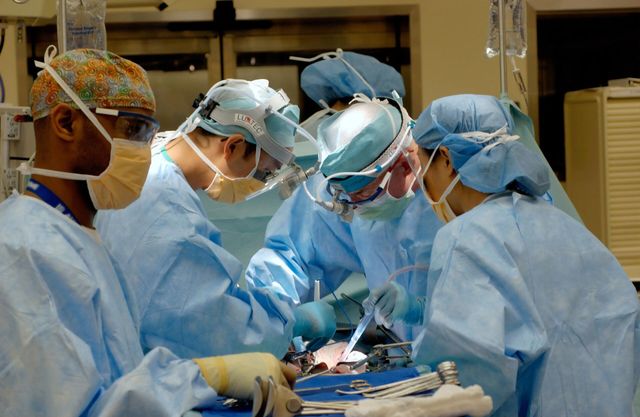Due to the regular and routine use of mammography screening, you find the majority of breast cancers in Australia at an early stage. You detect them before the signs actually appear. However, mammography won't be able to find all breast cancers. It's a noteworthy fact that the warning signs of breast cancer signs vary from woman to another.
The most common cancer signs indicate a change in the feel or look of the breast, or a change in the feel or look of your nipple. Sometimes, the nipple discharge is also a sign. Fundamentally, if you experience any warning sign, make an appointment with a healthcare provider without delay.

If you don't have a doctor, one of the best ways to get a good assessment is to get a recommendation or referral from a friend or a trusted family member. In case that's not the option for you, you can call your health unit/department, a nearby hospital or clinic. Your insurance provider may also help you in this regard.
Many women complain of a lumpy feel in their breasts. Well, breast tissue entails a bumpy texture naturally. Some women experience more lumpiness or heaviness in their breasts. In most cases, it's not something to worry about.
